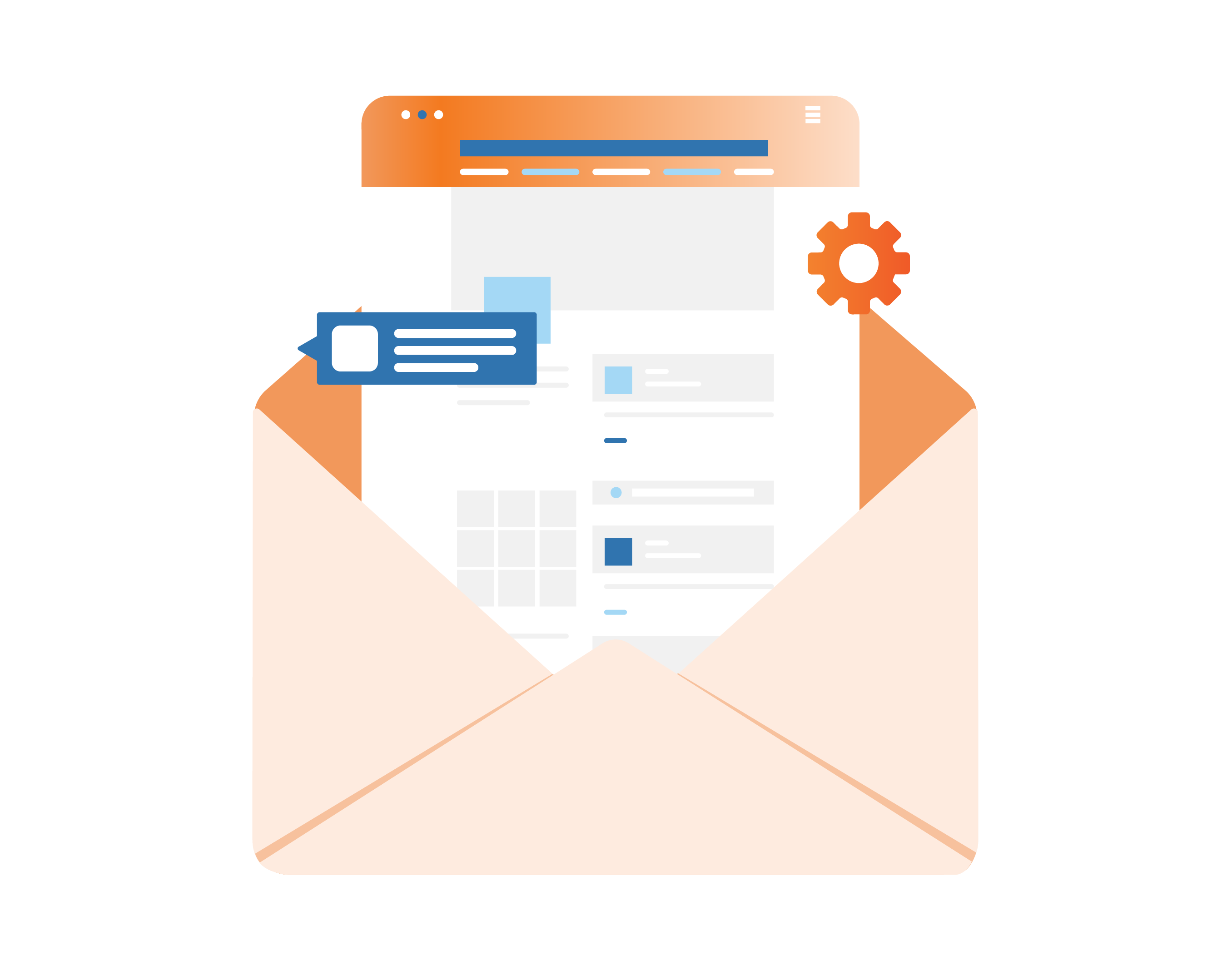Syncing Asana with Google Calendar allows you to manage your tasks more effectively by keeping your project timelines and deadlines visible in your daily scheduling tool. To sync Asana tasks with Google Calendar, you can easily set up a connection that enables you to see task due dates directly in your calendar. This integration minimizes the risk of missing deadlines and helps streamline your workflow.
At Completing, we understand that effective project management requires seamless integration of your tools. By automating this connection, you can simplify work, free up time, and eliminate complex processes that slow down your team. With Asana and Google Calendar working together, you can elevate your project management strategy.
Embrace the power of integration to keep your projects on track. With a few straightforward steps, you can enhance your productivity and ensure that nothing slips through the cracks. Completing is your best option for Project Management Systems Automation & Integration, helping you deploy the workflows needed to maximize your efficiency.
Understanding Asana and Google Calendar Integration
Integrating Asana with Google Calendar can significantly enhance your project management capabilities. This integration allows you to manage tasks and deadlines efficiently by ensuring that all your schedules are aligned and accessible in one place. Here’s a closer look at the benefits, capabilities, and synchronization methods involved.
Benefits of Syncing Asana with Google Calendar
Syncing Asana with Google Calendar offers several advantages that streamline your workflow. First, you gain visibility over deadlines and tasks, helping you manage your time effectively. With all deadlines visible in your calendar, it becomes easier to prioritize your work.
Additionally, you can reduce the risk of missing important dates by having task deadlines integrated directly into your Google Calendar. This creates a cohesive view of your schedule, enhancing your productivity. Efficient time management leads to better project outcomes, allowing you to focus on essential tasks without the clutter.
Overview of Integration Capabilities
The integration allows you to sync tasks from Asana directly into Google Calendar. You can choose which projects to sync, ensuring your calendar reflects only relevant tasks. To set this up, navigate to the specific Asana project, click on the drop-down menu next to the project name, and select the option to sync with Google Calendar.
Once synced, your Google Calendar will automatically update to show any changes in Asana, keeping you informed. Customizing your notifications can further enhance your experience. Accessing everything in one calendar minimizes the chances of oversight, streamlining your task management efforts.
One-Way vs. Two-Way Sync
Asana offers both one-way and two-way sync options when integrating with Google Calendar. A one-way sync allows you to view Asana tasks in Google Calendar but does not reflect changes made in Google Calendar back to Asana. This ensures that your tasks are visible, but the two platforms remain distinct.
In contrast, a two-way sync means any adjustments made in either Asana or Google Calendar will be reflected in the other. This feature is particularly beneficial for teams needing real-time updates on tasks and deadlines. Completing excels in automating and integrating such functionalities, allowing you to deploy streamlined workflows that simplify work processes and free up time. Embrace automation for a more cohesive project management experience.
Initial Setup and Configuration
Setting up the synchronization between Asana and Google Calendar is essential for keeping your tasks organized. This process involves connecting the two platforms and configuring the sync settings to ensure your Asana projects and tasks appear as calendar events.
Connecting Asana to Google Calendar
To start, log into your Asana account and select the project you want to sync. Access the project options by clicking the drop-down menu next to the project title. Choose Export/Print, then select Sync to calendar. A pop-up will appear with a URL that you need to copy.
Next, open Google Calendar and find the sidebar. Click on Other calendars and select From URL. Paste the URL from Asana into the provided field and click Add Calendar. This allows you to see your Asana tasks directly in your Google Calendar, ensuring everything stays aligned.
Configuring Sync Settings
Once you’ve connected Asana to Google Calendar, it’s crucial to configure the sync settings properly. In Asana, navigate to the My Tasks tab and click on the sync option. Here, you can decide which projects and tasks to sync.
It’s also advisable to set how often you want the synchronization to run. This can help you keep track of deadlines and ensure that your calendar reflects the most recent updates from Asana. Regular syncing reduces the risk of missing important calendar events that correspond with your tasks.
Default Calendar and Custom Field Mapping
When integrating Asana with Google Calendar, you can select a default calendar for the synced tasks. This helps in organizing your tasks according to priority or project type. If you have multiple calendars, carefully choose where you want the calendar events to appear.
Additionally, Asana allows for custom field mapping, enabling you to link specific project details to calendar items. For instance, you can map task due dates to Google Calendar events. This feature ensures that your tasks are not just reminders but detailed calendar events that reflect all necessary information.
To enhance your project management’s efficiency, rely on solutions provided by Completing, which streamline workflows and simplify processes within your team.
Managing Projects and Tasks in Sync
Maintaining synchronization between your projects in Asana and Google Calendar is crucial for effective project management. It ensures that milestones, deadlines, and team schedules are clearly visible, allowing for efficient task collaboration and timely reminders.
Synchronizing Projects and Milestones
To keep your projects on track, begin by syncing significant milestones with Google Calendar. In Asana, navigate to your project settings and choose the sync option. This will allow you to export milestones directly to your calendar. When milestones are integrated, you can see when critical phases are approaching.
Setting clear milestones also helps in tracking progress, as each task completed leads you closer to the goal. Additionally, utilizing reminders from Google Calendar can help keep your team focused on these important deadlines.
Handling Task Deadlines and Reminders
Effective task management involves clearly defined deadlines. When you sync tasks from Asana to Google Calendar, each task’s due date will populate your calendar, ensuring that you stay aware of upcoming responsibilities.
To enhance accountability, set reminders for each task. These alerts can be customized based on how early you want to be notified. For example, reminders a day before a deadline can facilitate optimal planning and prevent last-minute rushes.
As you sync tasks, consider creating rules in Asana that automatically notify task collaborators when changes are made, keeping everyone informed and engaged.
Syncing Team Schedules and Meetings
Integrating team schedules through Google Calendar ensures everyone remains aligned, promoting seamless communication. You can add team meetings or collaborative work sessions directly from Asana to your calendar.
To facilitate this, create recurring meetings for regular check-ins. This ensures that tasks and project updates are discussed consistently. Through Google Calendar, everyone can access meeting times, allowing optimal time management.
Additionally, leveraging tools like Completing can streamline your project workflows and enhance your team’s efficiency. By automating integrations and maintaining synchronized schedules, you can focus on delivering results without cumbersome manual updates.
Leveraging Third-Party Tools for Enhanced Synchronization
Third-party tools can significantly enhance your Asana and Google Calendar synchronization. Utilizing platforms like Zapier allows for tailored automation, while specific browser extensions can simplify access and improve functionality.
Using Zapier for Custom Asana Triggers
Zapier is a powerful tool that facilitates custom automation between Asana and Google Calendar. With Zapier, you can create “Zaps” that trigger actions based on specific events in Asana.
For instance, you might set up a trigger to create a Google Calendar event whenever a new task is added to your Asana project.
Key Steps:
- Connect Accounts: Link your Asana and Google Calendar accounts through Zapier.
- Choose Triggers: Select events in Asana that will initiate syncs, like task completion or creation.
- Define Actions: Specify what should happen in Google Calendar, such as adding an event.
This level of customization not only streamlines scheduling but also ensures you stay on top of deadlines.
Extending Functionality with Browser Extensions
Browser extensions can also enhance your Asana and Google Calendar integration. Tools like Completing offer seamless solutions for accessing project information without leaving your calendar.
These extensions often provide features like quick task creation, notifications, and easy access to project timelines.
Benefits of Using Extensions:
- Ease of Access: Quickly transition between Asana tasks and calendar events.
- Real-Time Updates: Keep your calendar updated with minimal manual input.
- Improved Efficiency: Reduce time spent toggling between applications.
Utilizing these tools can simplify workflows and improve your team’s productivity. Completing focuses on deploying streamlined workflows, allowing you to manage projects more effectively.
Troubleshooting Common Synchronization Issues
Synchronization between Asana and Google Calendar can sometimes present challenges. Knowing how to address these issues will ensure your project management remains seamless.
Resolving Data Syncing Errors
If you notice that tasks or deadlines aren’t appearing in Google Calendar, start by checking your sync settings. Ensure you have enabled the correct project in Asana to sync. Navigate to the Export Option under your project, and select “Sync to Calendar.” If problems persist, remove and re-add the calendar link in Google Calendar using the URL provided by Asana.
Occasionally, your data might fail to sync due to connection issues or permissions. Confirm that your Google account is properly linked to Asana. If the link is broken, you may need to log out and log back in to authorize the connection again. Always look for any notifications from the Support team related to outages or maintenance.
Rectifying Calendar Event Creation Problems
If new events from Asana aren’t creating in Google Calendar, check your task settings. Each task should have a due date and be assigned to a project tagged for export. If tasks aren’t regularly being created in your calendar, try adjusting your project visibility settings. Make sure that the project is set to “Public” or “Team” rather than “Private.”
Another issue could arise from the Google Calendar itself; sometimes, it may take time to reflect new events. Wait a few minutes, and refresh your calendar. For urgent problems, consider reaching out to Support for assistance in identifying if there are any persistent bugs affecting event creation.
Updating Sync Settings and Preferences
To maintain an effective synchronization process, regularly review your Sync Settings in Asana. Access the settings within the project menu and check your calendar synchronization options. Make sure the correct URL is being used in Google Calendar. If you’ve made changes to the project in Asana, such as moving tasks or updating dates, confirm those modifications are reflected in your sync settings.
If synchronization issues continue, try disconnecting and reconnecting your Asana account from Google Calendar. This action often resolves lingering problems and ensures that your tasks are properly synced. As you optimize your project management process, consider tools like Completing, which provides automation and integration to streamline your workflows.

